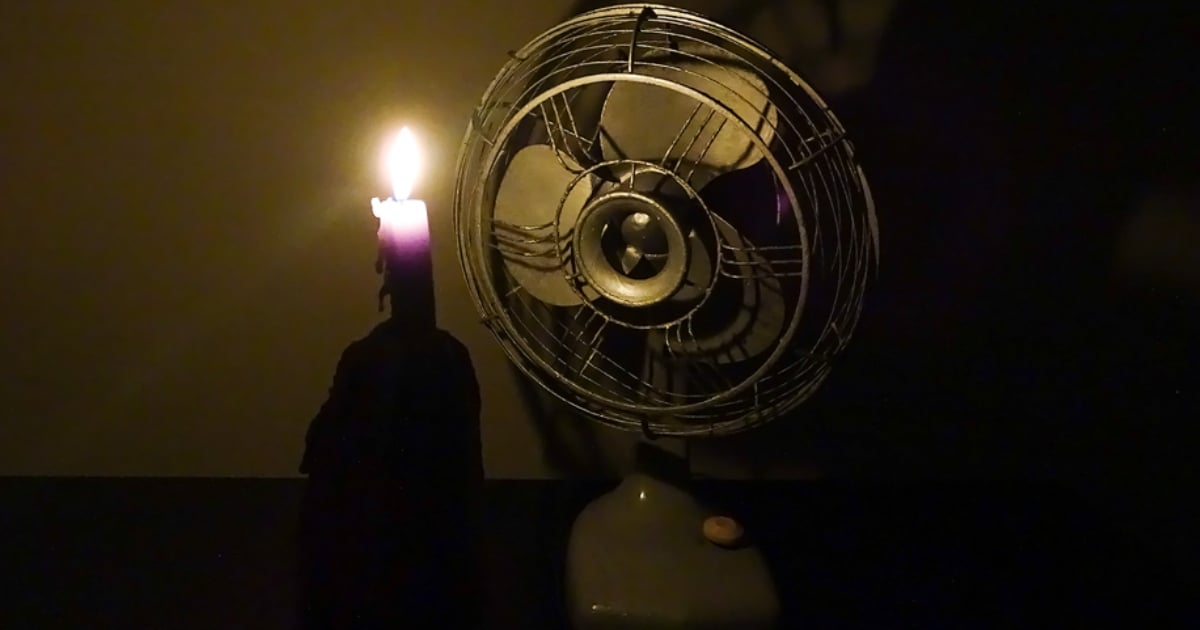
The Electric Union of Cuba (UNE) reported this Sunday a significant generation deficit, which is expected to exceed 1,400 MW during the national peak nighttime hours.
According to the report posted on the social media platform Facebook, this situation arises following a night of continuous blackouts and an unfavorable generation scenario for this morning.
At 07:00 hours, the availability was 1,650 MW, compared to a demand of 2,450 MW, resulting in a deficit of 890 MW. It is anticipated that by midday, the impact will be approximately 1,100 MW, primarily affecting the central-eastern region due to the high demand in that area.
For Sunday night, a capacity of 1,800 MW is projected, while the demand will reach 3,150 MW, resulting in a deficit of 1,350 MW. With this estimation, there could be an impact of up to 1,420 MW during peak hours, with the greatest incidence occurring in the central-eastern region.
This emergency situation follows the trend of yesterday, Saturday, when the maximum impact reached 1,575 MW at 7:30 PM, as the forecasts could not be met due to delays in the unloading of fuel in Moa and the failure to bring Unit 3 of the Santa Cruz Thermal Power Plant online. Additionally, the passage of Hurricane Oscar caused further impacts of 4 MW in Guantánamo.
Several units remain out of service due to breakdowns, such as unit 5 of the Mariel CTE, unit 3 in Santa Cruz, and others in Cienfuegos, Nuevitas, and Felton.
Units 2 in Santa Cruz, 3 in Cienfuegos, 1 in Felton, and 5 in Renté are currently undergoing maintenance, resulting in a thermal limitation of 314 MW. Additionally, there are issues in distributed generation, with 78 plants out of service due to a lack of fuel, totaling 350 MW of unavailable capacity, along with five engines from the Santiago de Cuba facility that contribute 77 MW.
This situation reflects the critical reality of the electrical system on the island, which faces growing challenges in meeting demand.
What do you think?
COMMENTFiled under: